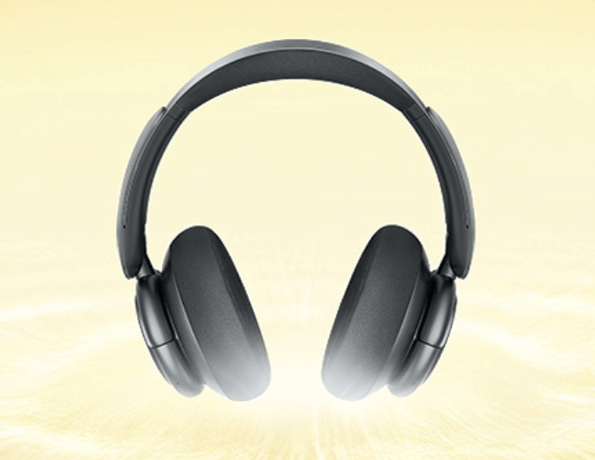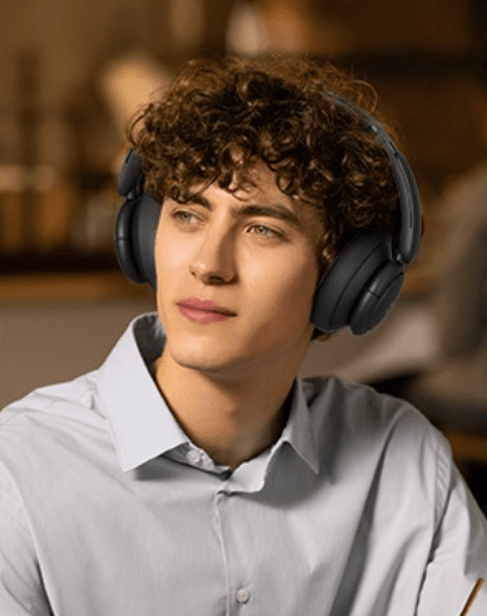The Role of Sensors in Bluetooth Headphones

In the ever-evolving realm of audio technology, Bluetooth headphones have become an indispensable accessory for many. Beyond the basic function of delivering high-quality sound wirelessly, some Bluetooth headphones are now equipped with sensors, adding a new dimension to the listening experience. These sensors serve various purposes, from optimizing sound quality to enhancing user convenience and safety. Let’s delve into why these sensors have become a notable feature in modern Bluetooth headphones.
Unveiling the Power of Sensors in Bluetooth Headphones
Adaptive Sound Quality Optimization
One significant advantage of sensor-equipped Bluetooth headphones is their ability to adapt to the user’s environment. Ambient noise sensors, for example, can detect the level of external noise and adjust the headphone’s audio output accordingly. By analyzing the surrounding sound landscape, these headphones can automatically adjust the volume or apply noise cancellation techniques to ensure optimal sound quality. This feature is particularly useful in noisy environments such as crowded streets or public transportation, where maintaining clear audio can be challenging.
Intelligent Activity Tracking
Beyond their role in delivering immersive audio, Bluetooth headphones with sensors can also double as fitness companions. Integrated motion sensors can track various activities such as running, cycling, or even swimming, providing users with valuable insights into their workouts. By monitoring metrics like distance traveled, calories burned, and heart rate, these headphones offer a convenient way for fitness enthusiasts to track their progress without the need for additional wearable devices. This integration of audio and fitness tracking functionality appeals to those seeking a streamlined and multifunctional accessory for their active lifestyle.
Personalized Audio Calibration
Personalization is key to delivering an immersive audio experience, and sensors play a crucial role in achieving this customization. Some Bluetooth headphones feature sensors that analyze the user’s unique ear anatomy and listening preferences to calibrate audio output accordingly. By measuring factors such as ear shape, size, and acoustic properties, these headphones can fine-tune the audio profile to optimize clarity, balance, and spatial accuracy. This personalized audio calibration ensures that users can enjoy their favorite music or audio content with unparalleled fidelity and immersion, tailored to their individual hearing characteristics.
Gesture and Touch Controls
Sensors in Bluetooth headphones extend beyond traditional audio-related functions, offering intuitive gesture and touch controls for enhanced user convenience. Capacitive touch sensors embedded in the ear cups allow users to navigate through music tracks, adjust volume levels, and even answer calls with simple gestures. This hands-free approach to controlling audio playback adds a layer of convenience, especially when users are engaged in other activities such as exercising or commuting. By minimizing the need to interact with external devices, sensor-enabled headphones offer a seamless and hassle-free user experience. For example, the Life Q35 features a built-in sensor that detects when they’re removed from your ears and instantly pauses the audio. If you’re on the lookout for the best noise cancelling headphones, feel free to browse the range of options offered on the official Soundcore website.

Conclusion
Innovation in Bluetooth headphone technology continues to push the boundaries of what’s possible, with sensors playing a central role in enhancing functionality and user experience. From adaptive sound quality optimization to biometric monitoring and personalized audio calibration, the integration of sensors opens up a myriad of possibilities for audio enthusiasts, fitness buffs, and safety-conscious individuals alike. As the demand for versatile and feature-rich headphones grows, expect to see further advancements in sensor technology, further enriching the listening experience for users worldwide.




